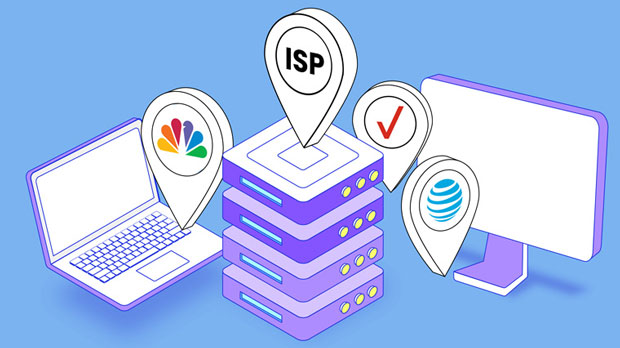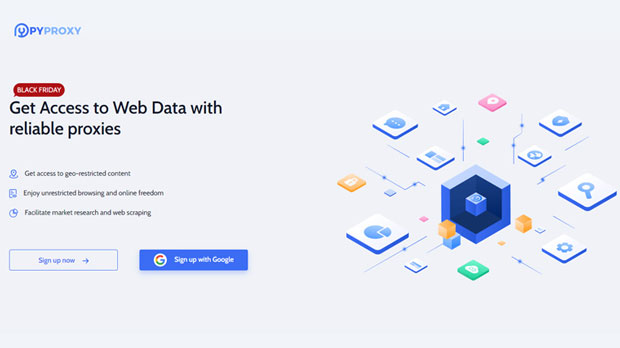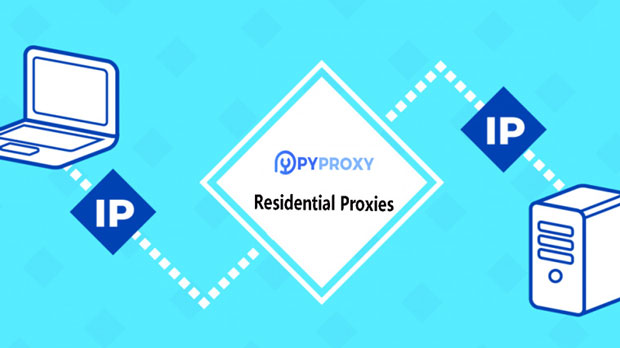How to improve the video viewing experience on YouTube, Twitch, etc with IP address proxies?
In today's digital world, platforms like YouTube and Twitch offer a vast array of content, but users often face issues such as buffering, geo-restricted content, and slow streaming speeds. One effective solution to these problems is the use of IP address proxies. By utilizing proxies, users can bypass regional restrictions, improve connection speeds, and achieve a smoother, uninterrupted video streaming experience. This article delves into how IP address proxies can help improve video streaming on platforms like YouTube and Twitch, offering practical insights for users to enhance their viewing experience. Understanding IP Address Proxies and Their Role in Video StreamingIP address proxies act as intermediaries between a user and the internet. When using a proxy, your internet traffic is routed through a server in a different location, making it appear as though the user is accessing the internet from that server's IP address. This process can offer several benefits, especially when it comes to streaming content on platforms like YouTube and Twitch.The role of a proxy server in video streaming lies primarily in bypassing geo-restrictions, improving speed, and providing anonymity. Let's break down these key benefits and see how they improve the overall experience.1. Bypassing Geo-Restrictions and Accessing Region-Locked ContentOne of the most common frustrations faced by users is encountering geo-restricted content. Many streaming platforms, including YouTube and Twitch, restrict access to certain videos, channels, or live streams based on the user's location. This can limit the content that users can view, leaving them unable to watch videos that may be available in other regions.Using an ip address proxy can help users bypass these geo-blocks by masking their real IP address and making it appear as if they are accessing the platform from a different region. For instance, if a video or stream is unavailable in your country but is accessible in another, using a proxy server located in that region allows you to view the content seamlessly. By changing your virtual location with the help of proxies, users can unlock a wealth of content that would otherwise be inaccessible.2. Enhancing Streaming Speed and Reducing BufferingAnother issue that hampers video streaming on platforms like YouTube and Twitch is buffering or slow load times. This can occur for various reasons, including network congestion, distance from the content server, or the limitations of the user's internet connection. Buffering is particularly annoying when watching live streams, where interruptions can disrupt the viewing experience.By using an IP address proxy, users can often improve streaming speeds. Proxies are typically located in multiple regions, and choosing one closer to the content server can reduce latency and improve loading times. Additionally, some proxy servers provide optimized routes for specific platforms, reducing the time it takes for the video to buffer and ensuring smooth playback. This is particularly valuable for high-definition or 4K streams, where a fast and stable connection is essential for a seamless viewing experience.3. Avoiding Throttling from Internet Service ProvidersInternet Service Providers (ISPs) may intentionally slow down your connection when streaming high-bandwidth content, such as videos on YouTube or live streams on Twitch. This practice, known as throttling, is designed to manage network traffic and ensure fair distribution of bandwidth. However, throttling can result in frustrating buffering, reduced video quality, and slower load times.By using a proxy, users can mask their online activities, making it difficult for ISPs to detect whether they are streaming videos. This can prevent throttling, allowing for faster streaming speeds and better video quality. A proxy server can also distribute the traffic load across multiple IP addresses, further reducing the risk of congestion and throttling.4. Improving Anonymity and Privacy While StreamingWhile streaming videos on YouTube or Twitch, many users are concerned about their privacy and data security. Since these platforms collect personal data for recommendations and advertisements, some users prefer to remain anonymous while browsing or streaming.An IP address proxy helps improve privacy by masking your real IP address and replacing it with one from the proxy server. This added layer of anonymity ensures that your online activities are not easily tracked. For users who prioritize privacy, using a proxy can be an essential step in protecting personal information while streaming. Moreover, this can reduce targeted advertising and improve your overall online security.5. Overcoming Local Network Issues and Improving Global AccessSometimes, local network issues or ISP-related restrictions can impact the quality of streaming services. For example, if there is a local network congestion, users may experience reduced streaming speeds, even if their internet connection is strong. Similarly, some ISPs may block access to certain streaming services altogether.In these cases, using an IP address proxy located in a different region can help resolve these issues. By routing traffic through a different server, proxies can bypass local network restrictions or congestion. This enables users to access streaming platforms more effectively, even in regions where they may otherwise face access issues.6. Choosing the Right Proxy Server for Optimal Video StreamingTo achieve the best video streaming experience, it is important to choose the right proxy server. Factors such as server location, speed, reliability, and the number of users connected to the server can significantly impact the quality of your experience.For optimal performance, choose a proxy server that is located close to the content source or the streaming platform's server. A geographically closer proxy can reduce latency and improve video buffering times. Additionally, make sure to choose a proxy with fast and stable connections to avoid interruptions during streaming. If you are streaming in high-definition or 4K, it’s crucial to select a proxy that supports high bandwidth to handle the heavy data requirements.7. Potential Challenges and ConsiderationsWhile proxies offer many benefits, there are also some challenges and considerations to keep in mind. First, not all proxies are created equal, and some may not be suitable for video streaming due to slow speeds or unreliable connections. It's essential to choose a high-quality proxy service that meets your needs.Additionally, using proxies may sometimes violate the terms of service of certain platforms, as they are designed to detect and block users who are attempting to bypass geographic restrictions or engage in other forms of access manipulation. Users should be aware of these risks and make informed decisions about whether or not to use proxies for streaming.ConclusionIn conclusion, using IP address proxies can significantly enhance your video streaming experience on platforms like YouTube and Twitch. By bypassing geo-restrictions, improving speeds, avoiding throttling, and ensuring anonymity, proxies offer a powerful tool for users seeking a smoother, more enjoyable viewing experience. However, users should carefully select proxy servers and be mindful of potential challenges to make the most of these benefits. By leveraging the advantages of IP address proxies, you can unlock a world of content and enjoy seamless streaming without interruptions.
2025-01-30

























































